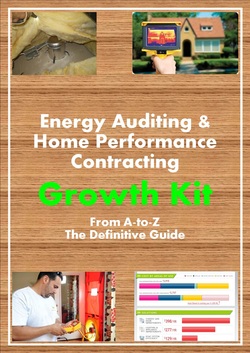Your Online HERS Rater Training Center
FREE HERS RATER PRACTICE EXAMPUT YOUR HOME PERFORMANCE BUSINESS ON ROCKET FUELENERGY AUDITOR NEWSLETTERGet the only Energy Auditor Marketing Newsletter with monthly strategies and tactics to grow your home performance business.
|
Buildings and Their Systems
Up to 50 percent of your home's energy costs may be going directly to heating and cooling. To get the most out of a heating and cooling unit a couple things need to be in order that a regular HVAC contractor may not typically check for, which gives you the differentiation advantage.
Next Section2a. Building Components
2b. Conservation Strategies
2c. Comprehensive Building Assessment Process
2d. Design considerations
|


